Are you looking for how to box in pipes in basement? In this article, we will be discussing the two major ways by which one can box in pipes in the basement.
Seeing pipes all over the house can be a big challenge most time to both the house occupants and visitors come around the house.
In the case of the basement, many things happen under the building, which we may not see at any time, those occurrences can be natural or manmade, and both have their effects on the basements when it comes to water control.
You can use different ways and methods to build a box to cover a pipe that you want to conceal and avoid anything tampering with it at any spot.
Table of Contents
Two Best Ways to Box In Pipes in Basement
- Box-in-Pipes Method: This allows you to get a pipe fixed either in the middle of your wall or under a boiler. This same method would allow you to have both sides of the pipes well fixed in two single battens.
- Box-In-Corner: This method allows you to get the pipes boxed into corners. This basement box in pipes method is best used when you don’t have an opportunity to use battens on either side of the pipe. It is also good when you have more tasking works.
Step by Step Guide on How to Box in Pipes in Basement
The following are step by step guide on how to box in pipes in the basement using the box-in-pipe method:
1. Measure How You Want the Pipes To Come Out
You must know exactly how you want the pipes to come out from the wall. If not, you will be doing yourself very big harm than good.
Use a tape to measure your wall and get the exact length of your pipe to the wall (how long you want your pipe to be from the wall).
It is very advisable to do the measurement several times because it would help you get so many lengths and then decide on the measurement to work with).
After going through the several stress of measuring many times, it is better to use the largest of all the measurements as the measuring length for your work and try as much as possible to add extra length.
This would enable you to get your work done effectively. The extra measurements should be by both length and width; the width measurement will allow you to have enough space between your box and the pipes to avoid unwanted occurrences inside the box.
2. Measure the Length of the Place You Are Boxing-In
Once you have completed the first step, the next thing to do would be to get your box’s measuring length.
You must take the entire measurement of all the areas you expect your pipe to pass from. In order words, you must get this measuring length right, from top to bottom.
3. Get Your Timber Battens Cut Into Sizes
While cutting your batten into sizes, you must be very careful to get the exact length you want your batten to be. You must be cautious enough to get both sides of the batten length right to enable it to have a good balance in the pipe.
4. Get the Battens Fixed
After getting the length of each side of the batten right, you must carefully get the battens fixed to the pipes you are using on the two sides.
You must ensure to make certain holes on the battens, and while getting the batten fixed to the basement wall, ensure you make holes on the walls as well.
It is important to make the batten go straight without going zigzags and make sure they are very near the pipe. Also, use good screws on the holes you already made to get your batten fixed from the front.
5. Get the Exact Size of your Cover Board
As far as your battens have been fixed and gotten right, the next thing to do is get a covering for the batten to get your pipes well covered and secured.
There are different materials to use for the coverings depending on your choice; either plywood or plaster wood can do an excellent job for you here.
Getting the measuring length of your cover board would entail checking the measurement of the battens you already have in place, ensure you get the exact length of the board and, most especially, the height to have good balancing for your pipes.
6. Get Your Board Fixed
In doing this, you must get this board well fixed and secured. Getting this right is so vital for you to avoid any unwanted damage.
7. Caulk and Join them Together With Your Screw Holes
It is good to add a head to your screw hole, depending on what you are using. In doing this, you would need some kinds of fillers for it.
Immediately you have gotten it right, wait for it to dry, and then use sand to get the entire board smoothened. You can also paint the board and fix it, making sure people would not be able to sight it at any spot.
How to Box In Pipes in Basement Using Box-in-Corner Method
Here are step by step guides on how to box in pipes in the basement using the box-in-corner method:
1. Measure the Length of Where You’re Boxing-in the Pipe
This is the thing to do because without getting the exact measuring length, you would not be able to get your work done.
2. Cut the Battens into Sizes
Unlike the other method, where you have only two battens for each side, you would cut the battens here into three.
3. Get Two Battens to the Wall
Ensure that you fix two out of the three battens you have to the wall on each side of your pipe. Unlike the previous method where you need space, you need to fix these battens closer to the pipes to not be too big for the pipe.
Also, make holes on the batten and fix on the wall as straight as it should be. Use your screws and get the batten fixed to the wall well.
Peradventure, you also want to get some piping on the floor; the leftover batten would be used for the floor. Just get it well screwed on the floor.
4. Get the Exact Size of the First Board
You would need to get the exact measurement by measuring the inside part of the wall to the length where you want to fix the battens. Ensure you have the same measurement as the length.
5. Get Your Corner Batten
The next thing is to cut your board to the exact size you desire, and you can also fix the third and final batten at this stage. The battens here are to be at the back of your board. Ensure that the flush part of the pipe is well fixed at the edge of your pipe, and once gotten right, you can use a nail or screw to hold it.
6. Getting Your Board Fixed
Remember you have two boards; get your first board fixed with the batten you already have on the wall. Also, ensure your batten is inside the box very close to your pipes. Just use a screw or nail to hold your batten to the wall. And be very careful not to damage anything at this stage.
7. Cut and Get Your Second Board Fixed
After the first board, you have another board left to be fixed; get your measurement from the edge of the first board you have in place to the other wall where you have your batten already fitted.
Once gotten right, cut the board and hold it up with a screw or nail to the corner battens and the one you have already fixed to the wall.
8. Caulk Filled and Join them Together
You can repeat the same method of filling the screw holes just the way you did in the first method and cover it well.
Pros of Box in Pipes in Basement
Here are the pros of box-in pipes in the basement:
Effective Control of Pests and Damage to the Pipe
Boxing-in your pipes in the basement would help control pests and other things that crawl under to come against the pipe and damage it. It is a form of good protection against the pipe to avoid been damaged suddenly.
Hygienic
It is also hygienic for people in and around the environment, as they would not easily come across any form of infections that come from basement drainage havocs. Everyone would be protected, and your basement and foundation would also be protected against anything.
Reduces Organic and Non-Organic Pollution
Organic and non-organic pollution has become a big challenge in our environment, and both constitute climate change and damage to both human health, water, air, and the environment. With your pipes boxed-in to your basement, it would reduce the challenges that come from this angel.
Cons of Box in Pipes in Basement
Cons of box-in pipes in the basement are as follows:
Expensive
It costs a lot of money to get this done and fixed in place. If you do not have enough money, you would not be able to achieve such a task. The money involved in attaining this scares most people away from getting box-in pipes in the basement.
Maintenance
Not only is it expensive to achieve the task of boxing-in pipes in your basement, but regular maintenance is also another challenge. You cannot get something well maintained without spending money and time.
Once this is not maintained as it should be, there would be many things coming out of it, which would not be suitable for the house, the environment, and the occupants.
Contaminates Bodies of Water
Once you fail to get good maintenance for your box-in pipes in the basement, it can result in contamination issues. When these contaminations occur, the drainage can carry them to the streams, rivers, and lakes, which are not good for human health.
Final Thoughts
Box-in pipes are important to the basement as it helps control the water system under the foundation of the building. Once gotten right and regularly maintained as it should be, there would be no many issues of ugly occurrences from the basement, affecting both human lives and the environment as a whole.

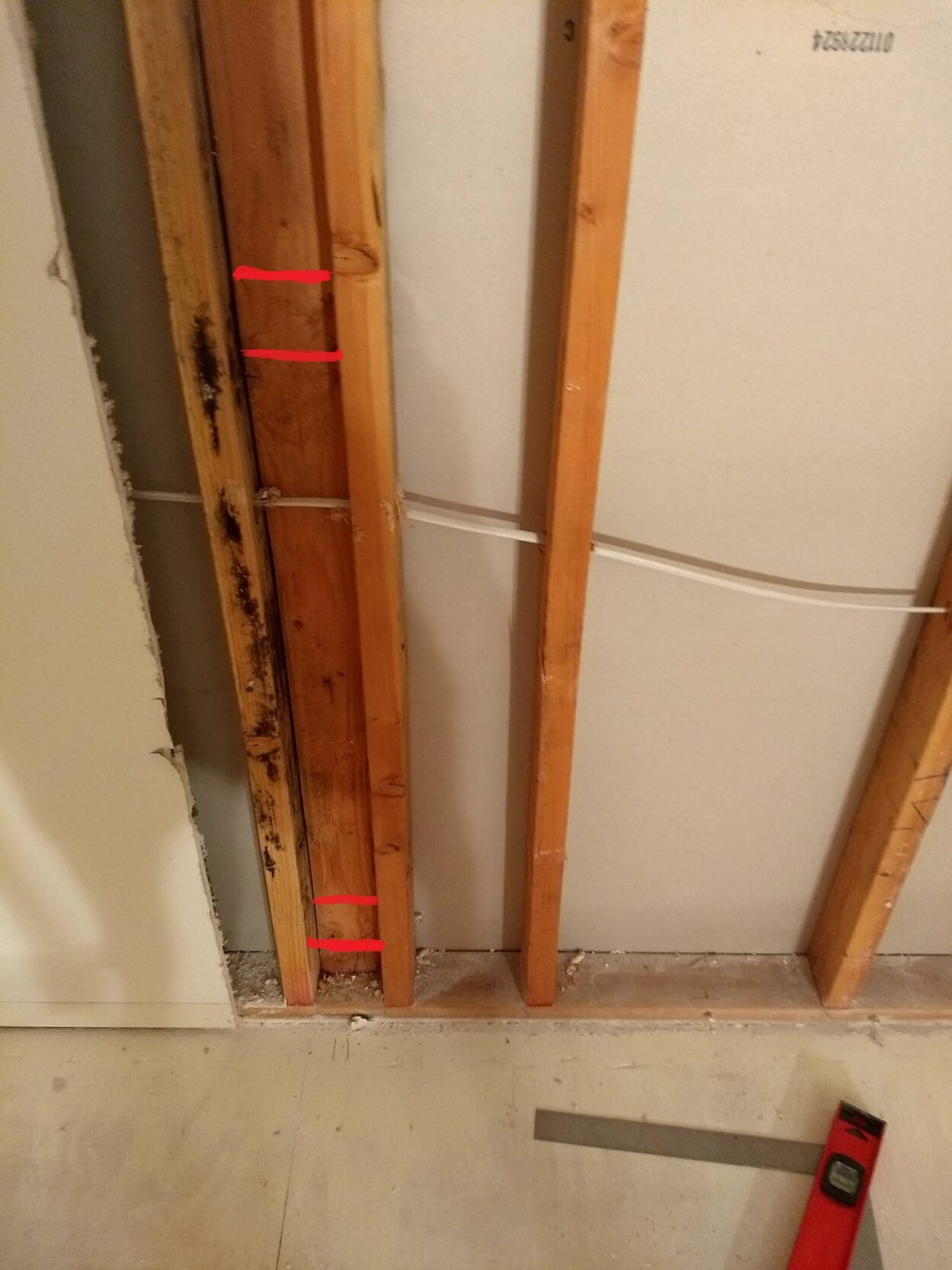
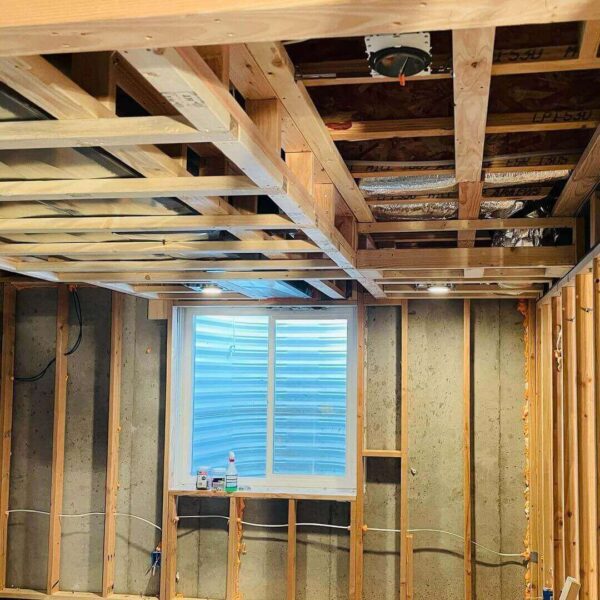
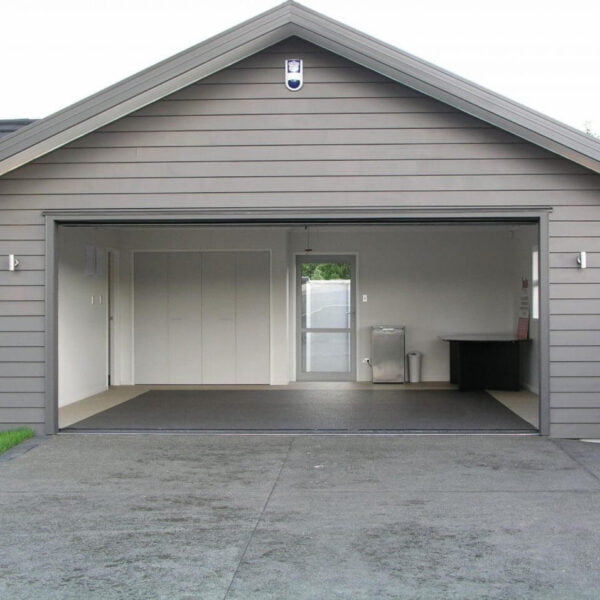
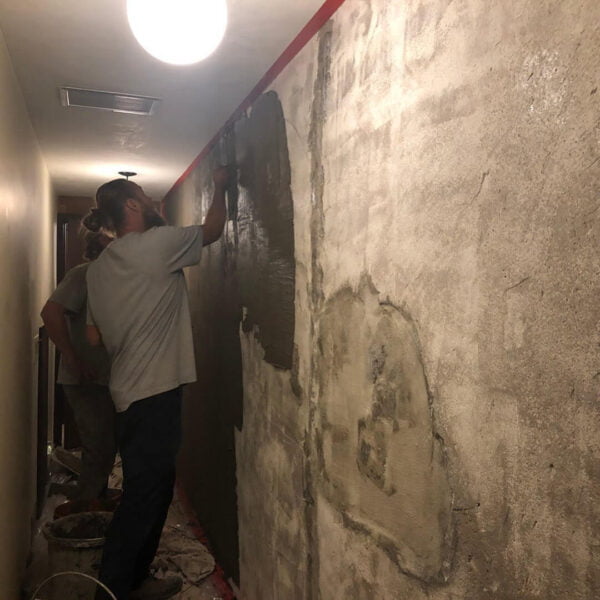
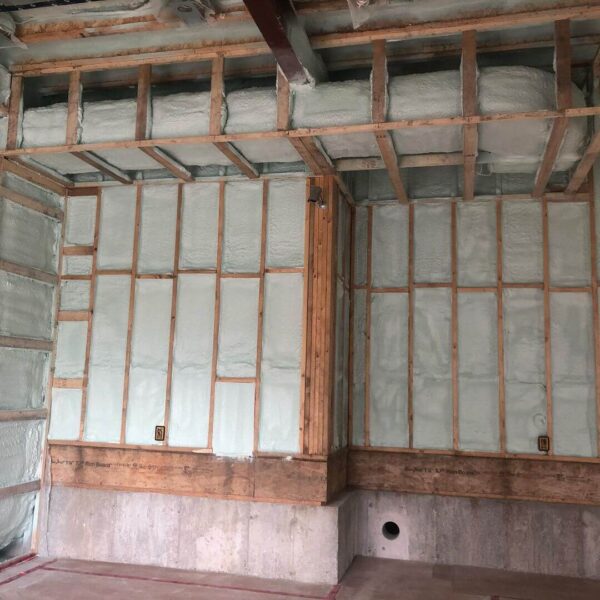
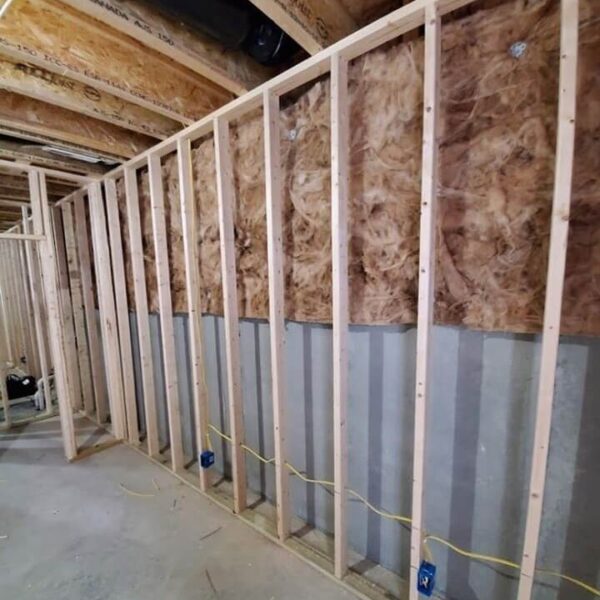
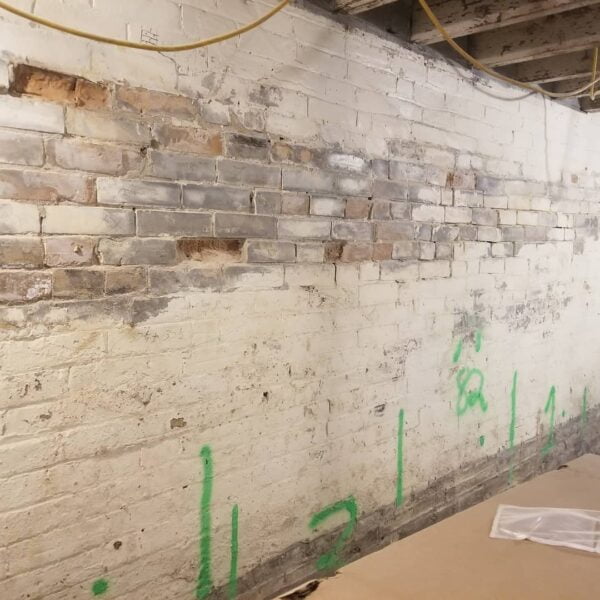


Leave a Comment